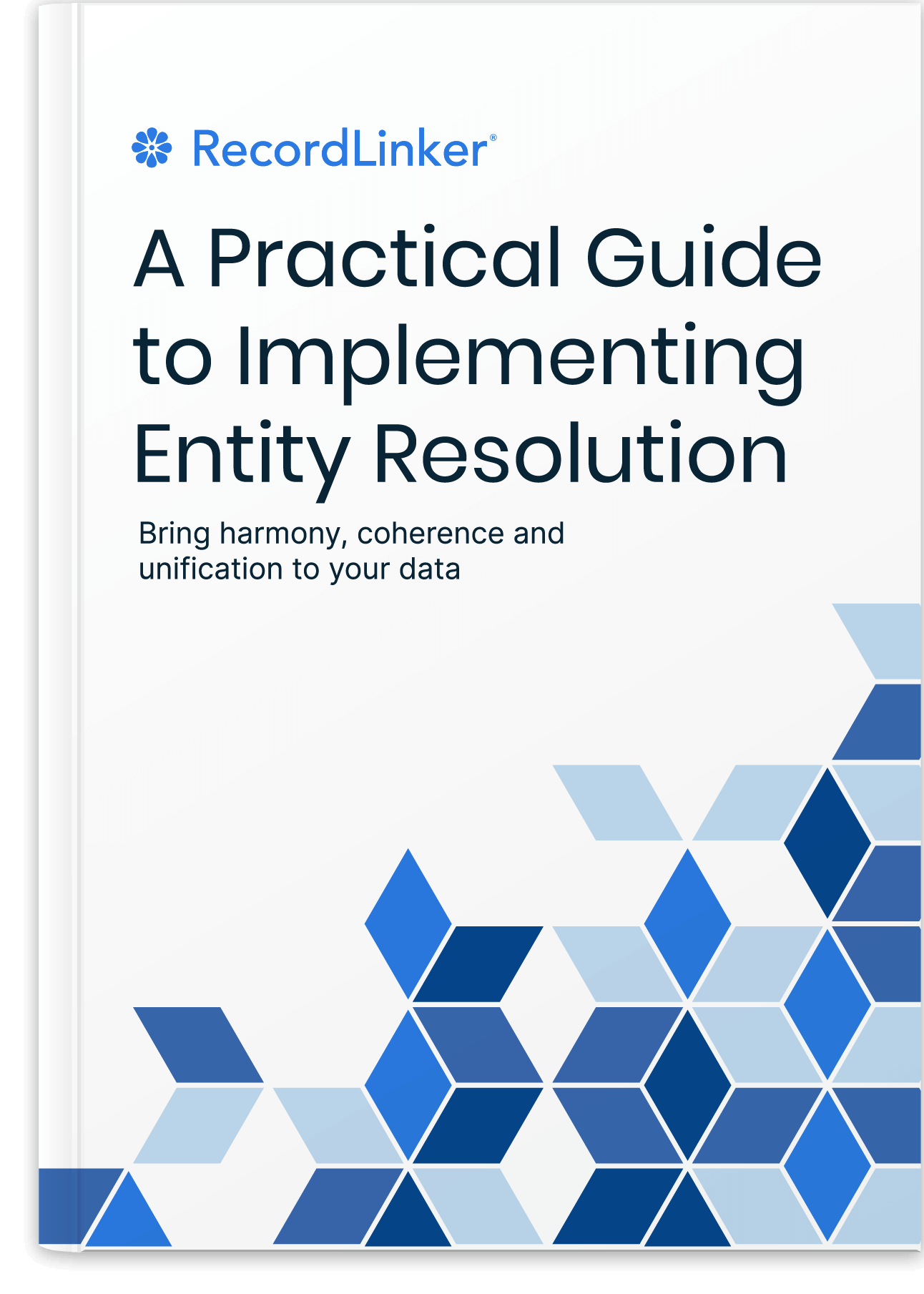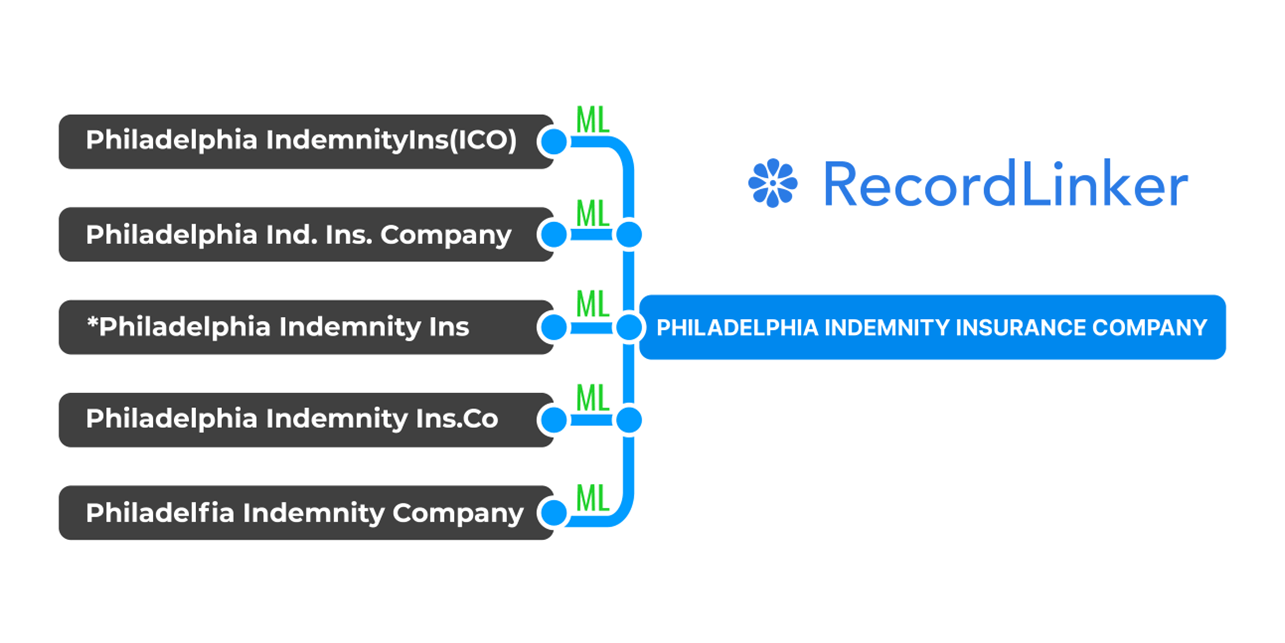Insurance Data Migration in Agency Acquisitions – Consolidating Your AMS Policy Data

How Does Insurance Agency Data Migration Look From The Inside
You finalize the acquisition and get an agency. At this point, you likely know the rough business numbers about policies and issuing companies. Typically, you don’t really know< what is in the acquired Agency Management System considering specific entities and data quality on a more granular level.
Without that knowledge you confirm the acquisition with your system’s vendor and get a clearance before getting your hands on data. Things drag first with back-and-forth exchanges between your data conversion team and the agency’s data team and involved IT staff (and you are lucky if there was any structured data administration team).
Then you get to wait for the database backup and its following restoration. Here, again, you will most likely rely on your AMS vendor and their professional services.
Getting Access To AMS Data – Not Even Close To Go-Live
The problem is 2 months have passed, and all you get is access to data from the source AMS. The acquired agency’s AMS data is in your vendor conversion portal. Not a single mapping was completed during that time.
As the pre-conversion assessment starts, your data conversion team needs to understand the data, relationships, and business rules behind it… as well as all the quality issues. Now, you address that with the acquired agency’s team and document anything unusual, or have your own data people try to understand it.
You may also get unlucky. If the source AMS is some niche solution, legacy system, or something custom then forget about having any data in your vendor’s portal. In such a case your data conversion team will have to manually populate a data conversion Excel with names, codes, and really all the details.
So, either way the source system’s data is in your vendor’s portal, your data conversion team roughly understands the data model. Are you ready to finalize? Not by a slim chance.
Your Data Migration Project Starts… and Hits The Usual Wall
Your data conversion team still needs to map entities like issuing companies from the source system to your destination AMS. This means telling your system that a record named ‘Philadelphia Indemnity Insurance Co’ means the same thing as ‘Philadelphia Indemnity Insurance Company’.
Agencies don’t have a common standard for naming conventions, shared company codes, and very often NAICs were treated as an optional field that never got consistently populated. Then you will also find outdated companies as insurance agencies merge, change names, and so on. This is not necessarily something that agencies actively track.
It may feel easy to match pairs for 20 rows of data.
It isn’t when you go into 100s or 1000s of pairs.
Remember, this isn’t 100% accurate, structured data, it’s ugly, messy, and neglected, because the acquired business had to move fast. No one worries about data quality and standardization, because there’s enough ongoing work with new data entry, and data governance doesn’t create immediate ROI unlike producers.
The final result is having super experienced people manually versioning Excels, using VLOOKUP and mapping everything record-by-record. One-off scrips, playing with exact matching, and fuzzy matching realistically will let them hit 15-30%.
Now, what if there is a mistake? Your vendor portal will take what you mapped as is. Unless it gets caught, you just tied a whole lot of policies to a wrong paper. Your system’s vendor needs to get involved to fix it.
The Human Cost of Suboptimal Data Conversion
After painful weeks of manual crunch, overnight work, and weekend overtime, you get there. Usually, at the cost of your very best people, huge stress, and burnout.
The cycle repeats, but the workflow remains broken. For many of those people, they haven’t seen any meaningful change in this process for their entire career.
For every data conversion project, someone was up at 2 a.m. looking into Excels and mapping menus in portals you never knew existed.
The work your data conversion team does is beyond miraculous. To say it’s stressful, is an understatement. If you are far from the process, get to know these people, and thank them.
Want to hear more about the reality of working on P&C insurance post-M&A data migrations? Listen to The Hidden Heroes of Insurance Data episode of The Insurtech Leadership Podcast with our founder, Roman Stepanenko hosted by Joshua R. Hollander, CEO of Horton International.
The Unseen Data Heroes of Insurance – Listen to Our Guest Episode
Our founder, Roman Stepanenko, shares insights into challenges of data administrators and data conversion teams in insurance.
Discover the gaps in the process, and the reality of manual workflows of insurance's data people. They are some of the most hard-working and unnoticed 'silent teams'.
Data conversion analysts, business systems analysts, implementation specialists, and data admins keep large brokers going after agency acquisitions.
We are not making up these stories about 2 a.m. work. Even though RecordLinker provides a platform that helps immensely with data conversion projects and ongoing data administration, we still see the login times and overnight activity of our users during busy periods.
No sugar-coating, this is as real as it gets.
Hiring Talent For Post-M&A Agency Integration
How does it look from the point of talent? What kinds of specialists work in a data conversion/migration team?
Unless you are outsourcing, the moment your M&A activity surges, you most likely find yourself hiring the right people. The typical roles performing data conversion are data conversion specialists / analysts, implementation specialists, integration specialists, business systems analysts, and business support specialists.
They are not easy to find, especially if you are looking for experienced hires. Even more so, if you want a person with experience in the vendor’s company (e.g. previous consultants, trainers, implementation specialists at Applied Systems or Vertafore). This is easily a $100-140k salary. Your hiring process may take anywhere from 3 months to over 6 months.
While these people are invaluable and required for smooth AMS data migrations, this hiring dynamics creates a few problems:
- You are hiring in a hurry for a spike in project activity. As a result of that you either:
- hire too few people – given all the unknowns about source Agency Management System, undiscovered data integrity and quality issues, as well as the progress of your acquisitions.
- realize that you overhired as the decline in M&A activity comes.
- By the time your data conversion pipeline is full, you may discover that new team members are still onboarding. It does take time for a new team member to reach operational optimum, or bring meaningful improvements to your business process.
- Data conversion projects can’t be simply solved by throwing more bodies at the problem. The workflow in your system most likely doesn’t really support efficient teamwork and project management.
Diagnosing the Core Data Problem Following Agency Acquisitions
Just like Formula 1 pit crews need specialized equipment to perform under pressure, data conversion teams require proper tools. Not just tools, the entire process needs to be better to increase throughput, reduce stress, and mitigate errors.
Most business systems analysts end up working with spreadsheets and mapping portals that offer bare functionality to enable any data conversion between Agency Management Systems.
Think about what we’re asking these specialists to do. They have to transform complex insurance data under tight deadlines while working through conversion portals designed a decade ago. It’s like asking a modern racing team to service today’s F1 cars with tools from the 1980s.
All of that compounds into unexpected delays, inconsistent quality between conversion projects, mistakes that reach production, and unnecessary stress. Your data conversion specialists spend nights and weekends compensating for tool limitations rather than applying their vast industry expertise. They waste time due to suboptimal usability, getting caught up in mechanical tasks.
Imagine any complex task done manually on a tight schedule like maintenance in aviation, racing pit stop operations, logistics – each of these requires proper tools and an organized work environment. Think of your data conversion projects in a similar way if you want them to be smooth, efficient, and consistent.
Tech needs to go beyond moving data and mapping records here. AMS data migrations need to transform as a business process. Only then data tools can become levers for your team.
How do we fix it?
Free Book: Practical Guide to Implementing Entity Resolution
Interested in implementing an in-house record matching solution with your own development team without using any outside vendors or tools?

Transforming The AMS Data Migration Process with Insurtech
When we developed RecordLinker we initially thought that the solution was Machine Learning. As we grew and onboarded more large P&C brokers, our attention shifted to the process itself, related workflows, and quality-of-life improvements.
Building Modern Capabilities for Data Conversion in Insurance
Insurance brokers need approaches that respect system complexity while supporting conversion teams. This means:
Non-Disruptive Use of Data Technology
Offering capabilities that align with technical reality – without adding complexity. This is the foundation of building solutions that don’t become shelfware or hike costs. This means:
- bypassing the long AMS database backup restoration.
- offering light integration via bi-directional API synchronization.
- supporting the data mapping process with enough flexibility.
- putting the needs and autonomy of data conversion teams first.
Understanding the Data Models and Business Context in Insurance
Any data tool needs to respect data structures and be aware of differences between AMS systems like Applied Epic (e.g. flat company tree) and Vertafore AMS360 (e.g. hierarchical parent-child structure). Your solution needs built-in capabilities for:
- recognition of
data modelsandconversion file structures. - flattening or reconstructing hierarchies between entities.
- relationship management for efficient mapping.
- validation for business rules of your destination AMS.
- handling broad variability in naming conventions between agencies.
- addressing edge cases to the fullest possible extent.
- handling mapping for companies that don’t exist in your destination AMS yet.
Improving Critical Workflows, Quality of Life, and Data Conversion Throughput
Most importantly, data conversion will never change unless we address how the teams actually work and what is missing there. Business systems analysts and implementation specialists don’t just need better tools – they need a completely reimagined workflow. Modern data conversion platforms should build an entire ecosystem for healthy work that is about:
- letting data conversion teams organize their work around projects and data domains.
- promoting collaboration via
labels,comments, andattachments. - bringing an
interface,filters,flexible search, andsettingsthat provide great usability. - using various types of suggestions and ML models.
- analyzing quality of data both for the input records and destination system’s entities.
- helping research with reliable industry data (e.g. access to AM Best tree for carriers).
- allowing
draft workandapprovalsbefore any changes in the destination system. - maintaining an
audit trail.
Naturally, we develop RecordLinker, a solution for these problems. We care about those few people per company who do these tasks, and we partner with both Applied Systems and Vertafore. You can catch us during most of the industry conferences like Accelerate by NetVU, Applied Net, WSIA, and a few more.
Improving Agency Data Migration on Your Own
Can you do it yourself? Yes, and here is a guide to building an entity resolution software.
What’s the caveat?
You most likely don’t have 12-18 months to build an entire proprietary solution and fine-tune Machine Learning only to get a somewhat production-ready tool, properly test it with your end-users, do the final onboarding, and stably retain know-how. We are a startup, and we address your problems quickly, using ideas from all our clients.
Hiring an entire tech and data rooster to develop and maintain your own platform will cost a disproportionate percent in relation to your AMS licensing costs. The smaller your brokerage is, the worse it gets.
RecordLinker – Making AMS Data Migrations Painless in Practice
RecordLinker already helps some of the top 100 US P&C insurance brokers handle AMS consolidation and data conversion post-M&A.
Our platform will transform how your entire team works, and cost you less than hiring a single great data conversion analyst.
Instead of waiting weeks for database backup restoration, your conversion teams can start mapping data immediately using as little as a simple book of business export from the source system.
RecordLinker provides a user-friendly interface designed for project management, domain separation, efficient workflows, and team collaboration – creating a functional environment for productive work.
We further increase your team’s throughput by using ML-powered suggestions with accuracy hitting up to 90% of records based on confidence thresholds. This is not some gen AI-LLM gimmick, we use Machine Learning models trained specifically to do a specialized task really well.
At the same time, we maintain complete human oversight through editing options and approvals.

When your mappings are ready, you can sync everything into your vendor portal (SmartMap for Vertafore's AMS360), or generate a complete conversion file (like OldNew report for Applied Epic as well as custom mapping files for AMS360).
Before you commit to anything, you can test RecordLinker and assess it with your data conversion team, at no cost. There are no hidden upgrade, or implementation fees, and so on. We are fair, and we will treat you right regardless of your scale.
We understand the unique data models of different Agency Management Systems. Whether you’re dealing with AMS360's hierarchical company structure or Applied Epic's flat company list, RecordLinker handles the complexity while letting your data migration team focus on strategic goals.
Learn more about our capabilities for:
For other AMS vendors or types of insurance core systems contact us for more information on support. We need to understand your data, business context, and integration opportunities to make sure RecordLinker can deliver value at 100%.
You can also use RecordLinker for ongoing data management, to simplify and speed up tasks like adding and configuring 100 new employees. Data administrators face similar challenges when you grow past a certain scale.
Suggested Reading About Data Migration and Management in Insurance
Do you want to expand your knowledge about data management and innovating your insurance business? Building a data-driven organization requires effort, and knowledge of what’s possible. Check these articles to find more inspirations:




